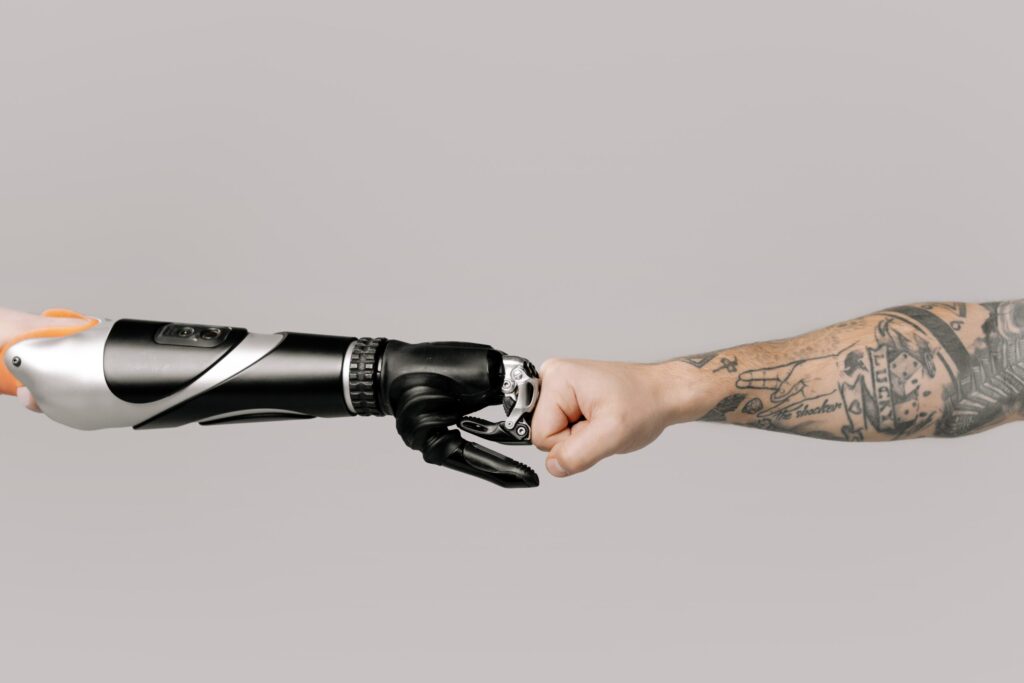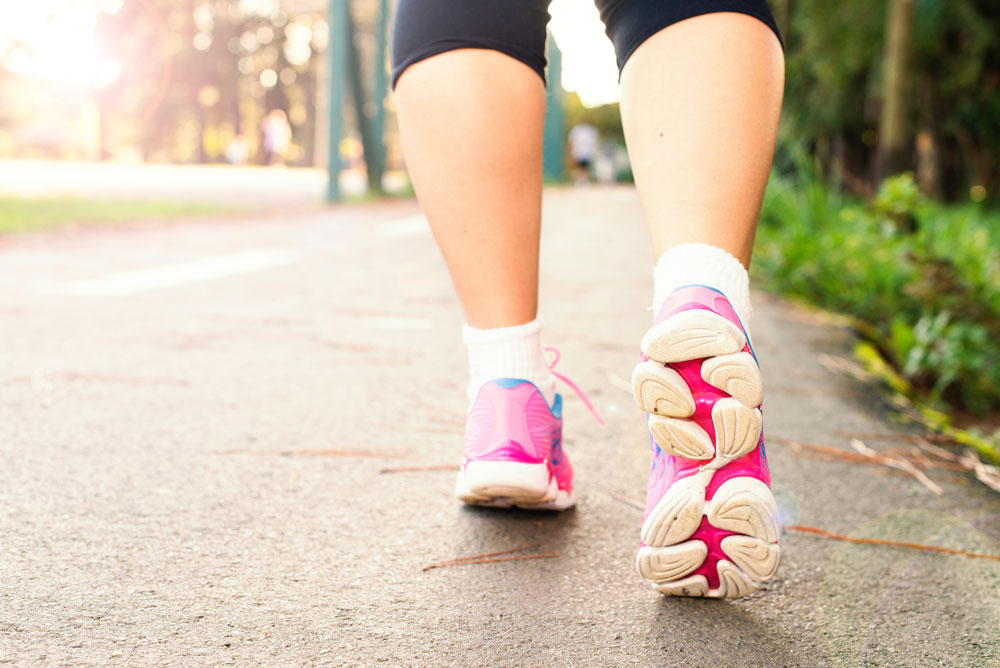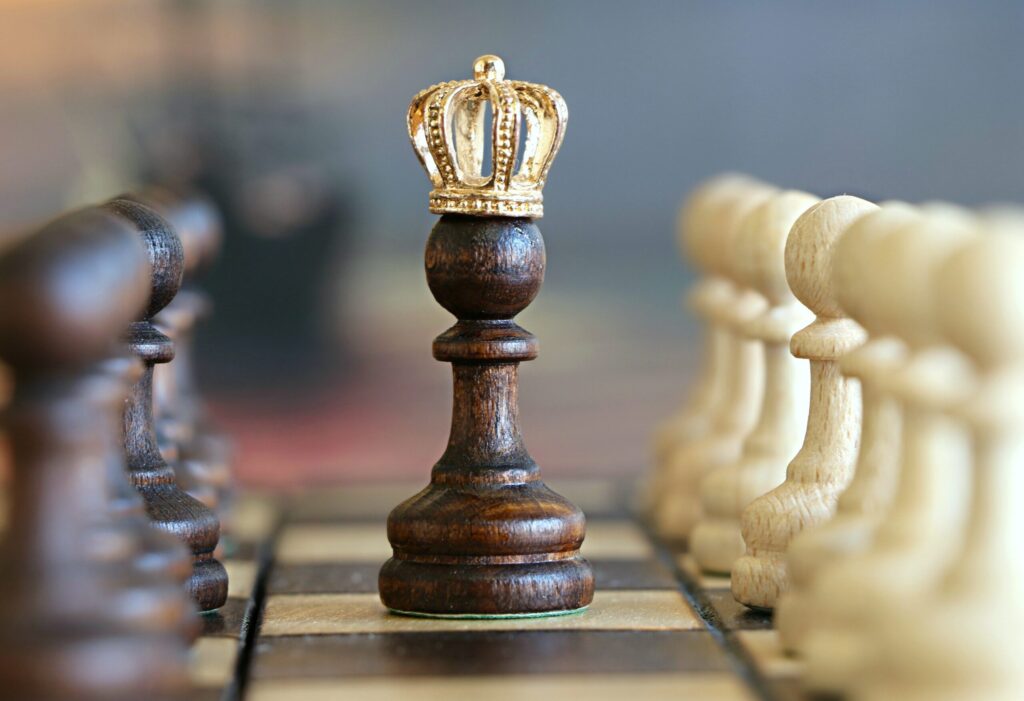Body Mechanics and Martial Arts

In the past I have written posts about posture and my journey to build it in myself. How we hold, carry, and move our bodies is essential to our practice as martial artists in two ways:
- Effective Martial Arts Requires Effective Mechanics. The heart of martial arts is body mechanics. Every technique you can perform is enhanced or diminished by the way you stand and move.
- Martial Arts Can Help Us Become Healthy Movers. The heart of our physical life is body mechanics, and martial arts give us a vehicle for examining and conditioning those mechanics to create long-term health.
In spite of these two assertions, it is unfortunately possible to achieve results in martial arts with mechanical faults and destroy not only our quality of movement but the good health of our joints and body as a whole. I have met many former olympic athletes who achieved high quality results in their physical endeavours and destroyed their bodies in the process.
What this means is that if your goals in martial arts stretch beyond immediate performance to your long-term health and well-being—and I hope they do—you should make the “how” of movement an essential part of your training (and teaching). Here are a few steps to get you started:
- Learn about body mechanics and healthy movement. I recommend MobilityWod.com as a place to start. Also read my post to learn about my own journey with posture.
- Take a body mechanics workshop relevant to your discipline. In our area of martial arts I teach them, and I have also watched courses delivered by Sean Hayes, Jennifer Landels and Guy Windsor that I thought were very good.
- Visit a physiotherapist. These visits can be both therapeutic and educational. There are many health professionals in your neighbourhood who can help you beyond your immediate physical ills.
- Learn to lift. Lifting weights, kettle bells, and other activities that require power generation emphasize body alignment and mechanics (when taught correctly). This can be a great place to not only learn about alignment but build the strength to maintain it, not just when you’re at the gym but when you’re walking down the street. My good friend Meghan O’Connell has some great resources in this area, and can point you to many more.
Use martial arts as a means to look after your body and live a healthy life. Then you will truly benefit from this journey for a long time.
What are your thoughts? Do you have tools and methods you use for staying healthy and promoting good mechanics? Share your views in the comments.



Responses